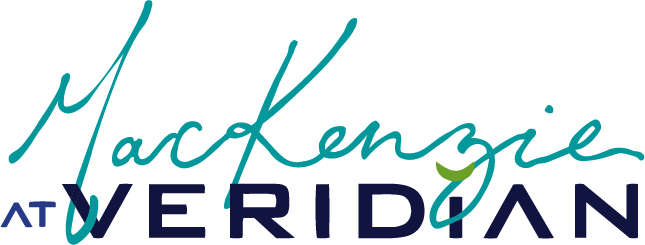The Catalog Pitfalls That Cost Museums Time and Donors
Catalogs are one of the most powerful tools museums have to preserve an exhibit’s legacy and engage donors. When they are done well, they become keepsakes, coffee table books, and collector’s items that outlive the exhibit itself. But when they are rushed or poorly managed, catalogs can cost museums valuable time, add unnecessary expenses, and even leave donors feeling overlooked.
Here are the most common catalog pitfalls and how to avoid them.
1. Starting Too Late
A catalog cannot be an afterthought. High-quality photography, writing, editing, design, approvals, and printing all take months or even years. When the process is started too late, timelines get compressed, leading to stress, missed deadlines, or rushed decisions. The result is often a catalog that feels unfinished or underwhelming.
How to avoid it: Start planning your catalog at least a year in advance of your exhibit’s opening. Build in time for approvals and printing so you are not forced into last-minute compromises.
2. Underestimating Print Complexity
Catalogs are not just files sent to a printer. Large-format books with hundreds of pages require specialized setup, press checks, and careful color correction to ensure accuracy. Without that expertise, you risk costly reprints, misaligned colors, or a catalog that does not live up to your exhibit’s quality.
How to avoid it: Work with a design partner who understands large-scale printing and can oversee press runs to ensure every page is perfect.
3. Rushed Photography and Writing
The catalog is only as strong as its content. When photography of the collection is rushed, or when writing and editing are squeezed into short timelines, the result can feel flat. Donors and visitors notice when a catalog lacks the depth and polish that reflect the exhibit’s importance.
How to avoid it: Build photography and writing into your exhibit planning process early. Give your creative team the time they need to produce high-quality, thoughtful work.
4. Overlooking Donor Recognition
A catalog is one of the best places to honor donors, but too often acknowledgments are added in at the last minute or scattered without intention. This can leave donors feeling like an afterthought.
How to avoid it: Plan donor recognition into your catalog structure from the start. Make acknowledgments feel like a natural and celebrated part of the story.
5. Ignoring the Visitor’s Legacy
When a catalog is designed only as documentation, it misses an opportunity to inspire visitors and supporters long after the exhibit closes. A rushed or poorly produced catalog gets filed away, instead of being proudly displayed or gifted.
How to avoid it: Treat your catalog as both documentation and a work of art. Aim for something that belongs on a coffee table or bookshelf, a piece visitors and donors will want to keep and share.
Mini Case Study: Audubon’s Birds of Florida at MOAS
At the Museum of Arts and Sciences in Daytona Beach, the Birds of Florida catalog was designed to be more than a record. It became a keepsake. Written by Clay Henderson, it combined thoughtful storytelling with careful design and press checks. The result was so well received that the museum needed a second print run to meet demand. Donors felt proud to see their names included in such a high-quality piece, and the catalog extended the impact of the exhibit far beyond closing day. Read more about our process with the Audubon Project.
A catalog is one of the most visible ways a museum can show its professionalism, honor its donors, and preserve an exhibit’s story. Avoiding these pitfalls ensures your catalog does not just meet a deadline, but becomes a lasting piece that inspires pride and connection.
Want to explore how branding can elevate your next exhibit?
Download the free Exhibit Prep Kit for a step-by-step roadmap for stress free donor-ready exhibits
✔ Clarify your exhibit’s purpose, audience, and emotional tone
✔ Align your internal team so decisions don’t get bottlenecked
✔ Map out the design pieces you’ll need (and when!)

